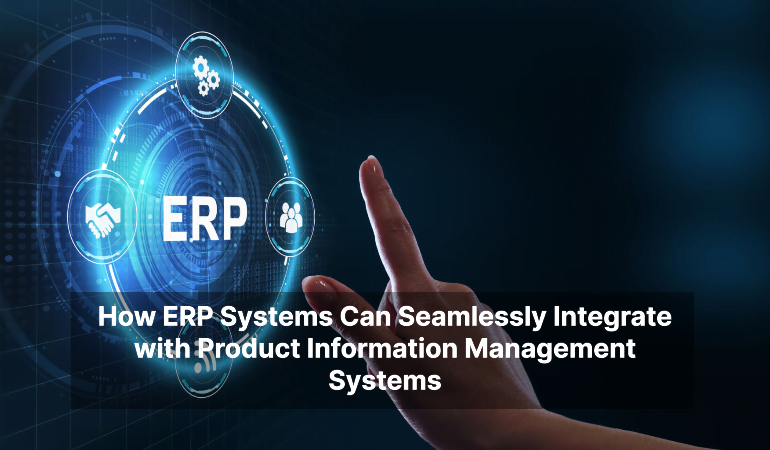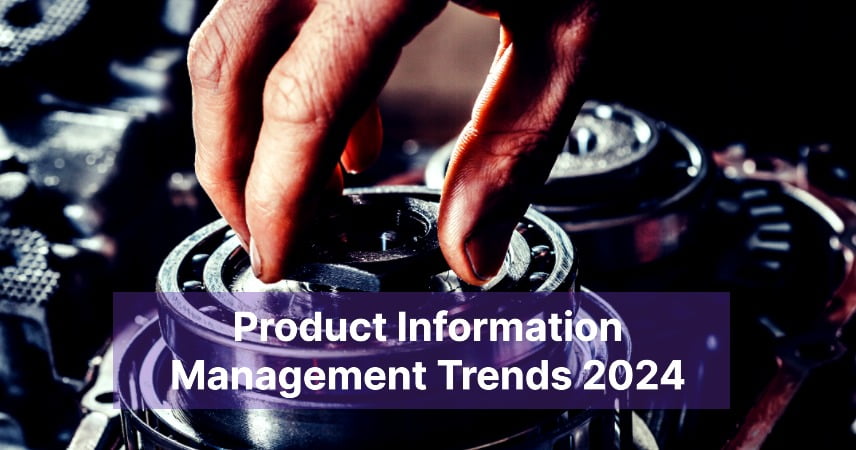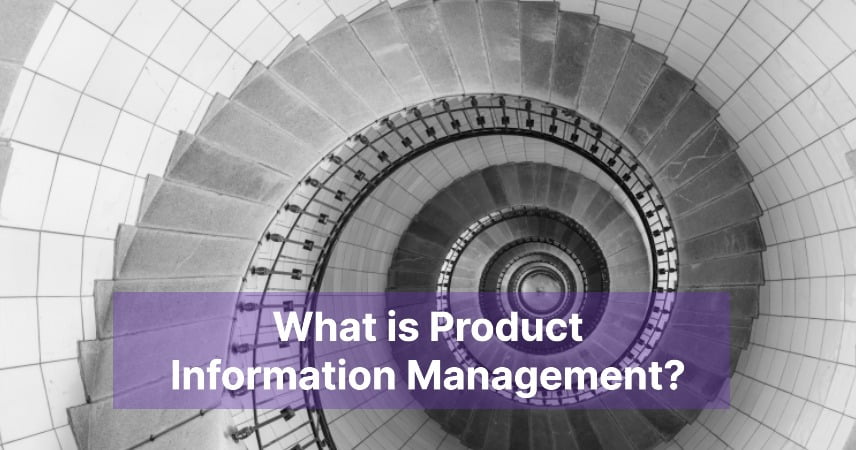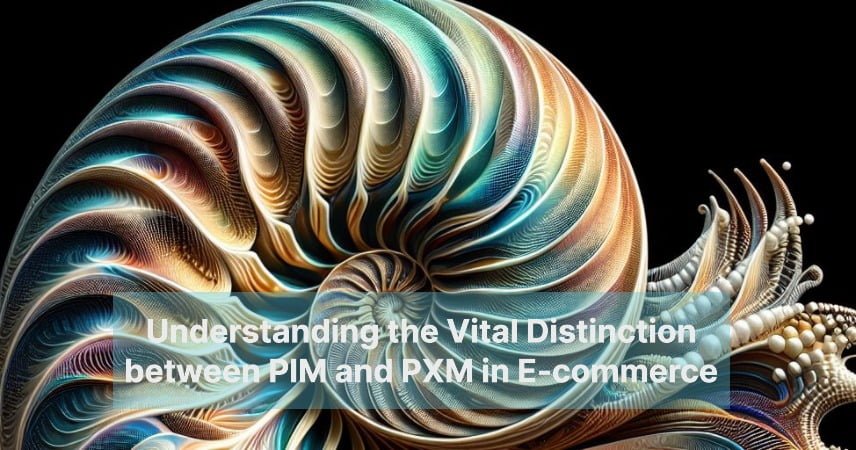How ERP Systems Can Seamlessly Integrate with Product Information Management Systems

In the current business landscape, the convergence of Enterprise Resource Planning (ERP) systems and Product Information Management (PIM) systems has become an essential driver of organizational efficiency and growth. The integration of these two systems can streamline business processes, reduce errors, improve data accuracy, and enhance customer experience.
ERP systems allow businesses to manage their resources, including financial, human, and material resources, effectively. On the other hand, PIM systems allow businesses to manage their product information, including descriptions, images, and specifications, in a centralized location. The integration of these two systems creates a seamless flow of data, enabling businesses to make informed decisions quickly.
The advantages of integrating ERP and PIM systems are numerous. For instance, it eliminates data silos, reduces manual data entry, and enhances data accuracy. Additionally, businesses can leverage real-time data to make informed decisions, improve customer experience, and drive revenue growth.
To unlock the full potential of this convergence, businesses must adopt best practices. For instance, they should ensure that their ERP and PIM systems are compatible, train their employees on how to use the integrated system, and create a centralized data governance strategy. By doing so, businesses can maximize the benefits of this integration and stay ahead of the competition. The convergence of Enterprise Resource Planning (ERP) systems and Product Information Management (PIM) systems has become a crucial driver of organizational efficiency and growth in today’s business landscape. This article provides a comprehensive exploration of the seamless integration of these two systems, outlining the advantages and best practices for unlocking their full potential.
Understanding the Core Functions
ERP Systems: As outlined in our previous article, ERP systems serve as comprehensive platforms for managing various business processes, including finance, human resources, and supply chain management. These systems excel in centralizing data and streamlining operations across the organization.
Product Information Management Systems: Conversely, PIM systems specialize in managing product-related data, such as descriptions, specifications, and images. They provide a centralized repository for organizing and syndicating product information across multiple sales channels, ensuring consistency and accuracy.
Leveraging Integration Opportunities
Seamless Data Exchange
By integrating ERP systems with PIM systems, businesses can achieve seamless data exchange between different operational domains. This integration enables real-time synchronization of product data across the organization, ensuring consistency and eliminating data silos.
Enhanced Decision-Making
The integration of ERP and PIM systems empowers businesses with comprehensive insights into both operational and product-related data. This holistic view enables informed decision-making, leading to improved efficiency and strategic alignment.
Streamlined Workflows
Integrating ERP and PIM systems streamlines workflows by automating repetitive tasks and eliminating manual data entry. This efficiency boost allows teams to focus on value-added activities, driving productivity and innovation.
Strategies for Successful Integration
Define Integration Objectives
Before embarking on integration efforts, it’s essential to clearly define the objectives and desired outcomes. Whether it’s improving data accuracy, enhancing customer experience, or streamlining operations, having a clear vision will guide the integration process effectively.
Choose the Right Integration Tools
Selecting the appropriate integration tools and technologies is crucial for seamless data exchange between ERP and PIM systems. Whether through custom-built APIs, middleware solutions, or pre-built connectors, choosing the right integration approach is essential for success.
Collaborative Implementation
Successful integration requires collaboration between cross-functional teams, including IT, operations, and marketing. By fostering open communication and collaboration, businesses can ensure smooth implementation and alignment with organizational goals.
Maximizing the Benefits
Improved Data Accuracy and Consistency
Integration of ERP and PIM systems ensures data accuracy and consistency across the organization, reducing errors and enhancing customer trust.
Enhanced Operational Efficiency
Streamlined workflows and automation resulting from integration lead to enhanced operational efficiency, enabling businesses to respond swiftly to market demands and opportunities.
Greater Customer Satisfaction
By delivering accurate product information across all touchpoints, businesses can enhance the customer experience, leading to greater satisfaction and loyalty.
Conclusion
In conclusion, the integration of ERP systems with Product Information Management (PIM) systems unlocks a myriad of opportunities for businesses to streamline operations, improve decision-making, and enhance customer experience. By leveraging the combined capabilities of these systems and implementing effective integration strategies, businesses can achieve sustainable growth and maintain a competitive edge in today’s dynamic marketplace.





